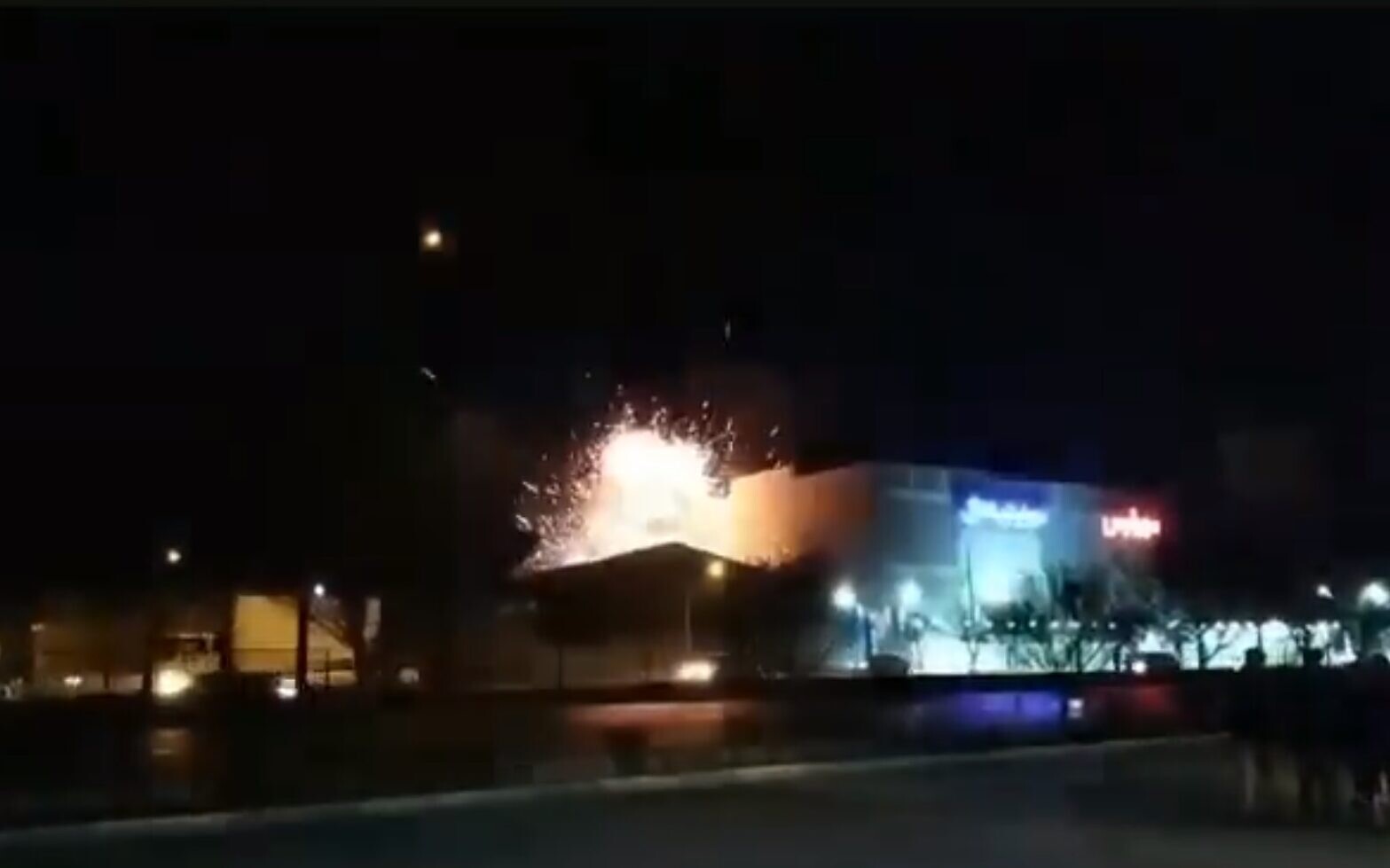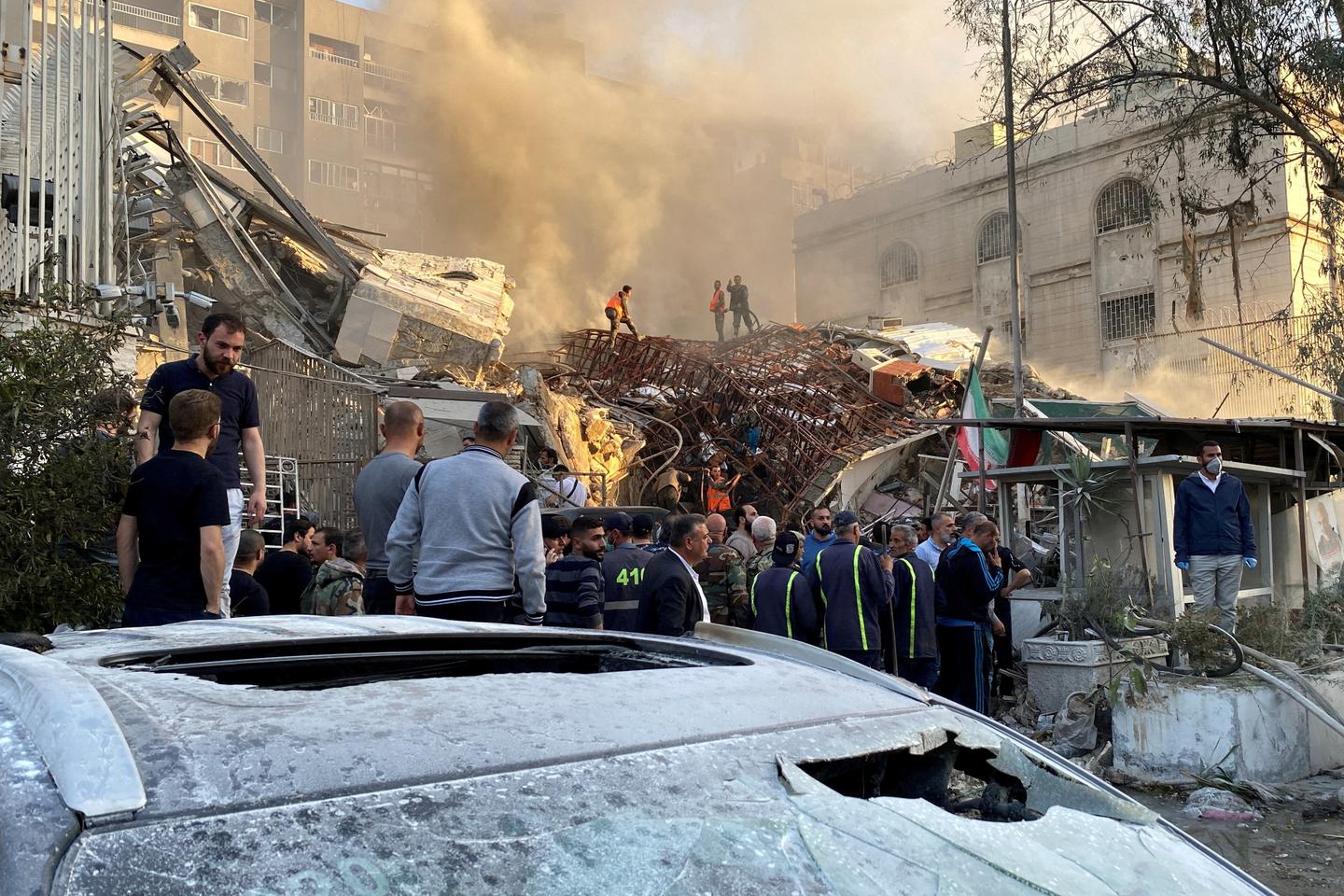Historical Context and Tensions

The relationship between Iran and Israel has been marked by deep-seated animosity and mistrust, stemming from a complex interplay of historical, political, and ideological factors. This animosity has manifested itself in various forms, including military confrontations, political disputes, and ideological clashes.
Historical Relationship
The historical relationship between Iran and Israel is rooted in the establishment of the state of Israel in 1948. Iran, under the Shah, initially supported the creation of Israel, viewing it as a bulwark against Soviet influence in the region. However, this relationship deteriorated rapidly in the aftermath of the 1967 Six-Day War, when Iran began to align itself with the Arab world against Israel.
Political and Ideological Differences
The political and ideological differences between Iran and Israel have further fueled the tensions between the two countries. Iran, a Shi’a Muslim-majority country, has long been a vocal critic of Israel’s policies towards Palestinians and its perceived expansionist ambitions in the Middle East. Israel, on the other hand, views Iran as a major threat to its security, citing its nuclear program, its support for militant groups like Hezbollah, and its rhetoric calling for Israel’s destruction.
Timeline of Attacks and Confrontations
- 1979 Iranian Revolution: The Iranian Revolution, which led to the overthrow of the Shah and the establishment of an Islamic Republic, marked a turning point in the relationship between Iran and Israel. The new Iranian government, led by Ayatollah Ruhollah Khomeini, became a vocal critic of Israel and a supporter of Palestinian resistance groups.
- 1980-1988 Iran-Iraq War: The Iran-Iraq War, which saw Israel provide covert support to Iraq, further strained relations between the two countries. Iran accused Israel of supplying Iraq with weapons and intelligence, which Israel denied.
- 1990s: In the 1990s, Iran began to develop a nuclear program, raising concerns in Israel and the West. Israel launched a series of covert operations against Iran’s nuclear facilities, including the assassination of Iranian scientists and the Stuxnet cyberattack.
- 2006 Lebanon War: Israel’s 2006 war against Hezbollah in Lebanon, which was supported by Iran, marked a significant escalation in the conflict between the two countries. Iran condemned Israel’s actions and provided military and financial support to Hezbollah.
- 2011-present: The Syrian Civil War has further strained relations between Iran and Israel. Iran has provided military support to the Syrian government, while Israel has carried out airstrikes against Iranian targets in Syria.
Iranian Military Capabilities and Strategies: Iran Attack Israel Israeli

Iran possesses a formidable military force, encompassing conventional, unconventional, and asymmetric capabilities. It maintains a large standing army, a sophisticated missile program, and a growing drone fleet, all aimed at deterring potential adversaries, including Israel.
Ballistic Missile Program
Iran’s ballistic missile program is a significant component of its military arsenal. It possesses a wide range of missiles, including short-, medium-, and long-range systems. These missiles are capable of reaching targets across the Middle East and beyond, posing a serious threat to Israel and other regional powers.
- Short-range missiles: These missiles have a range of up to 300 kilometers and are primarily designed for tactical strikes against targets within Iran’s borders or in neighboring countries. Examples include the Fateh-110 and the Zelzal-3.
- Medium-range missiles: These missiles have a range of 300 to 1,000 kilometers and can target major cities and military installations in the Middle East. Examples include the Shahab-3 and the Qiam-1.
- Long-range missiles: These missiles have a range of over 1,000 kilometers and can reach targets in Europe and beyond. Examples include the Sejjil and the Emad.
Iran’s ballistic missile program is constantly evolving, with new and more advanced systems being developed and deployed. These missiles are equipped with advanced guidance systems and warheads, enhancing their accuracy and lethality.
Drone Technology
Iran has made significant strides in drone technology in recent years. It has developed a wide range of unmanned aerial vehicles (UAVs), including reconnaissance, attack, and surveillance drones. These drones are employed in various roles, including monitoring borders, conducting surveillance operations, and launching attacks against targets in the region.
- Reconnaissance drones: These drones are used to gather intelligence and monitor enemy movements. Examples include the Ababil-3 and the Shahed-129.
- Attack drones: These drones are armed with missiles or bombs and can launch attacks against targets on the ground or in the air. Examples include the Shahed-136 and the Mohajer-6.
- Surveillance drones: These drones are equipped with cameras and sensors to monitor large areas and gather information. Examples include the Simorgh and the Kian.
Iran’s drone technology is becoming increasingly sophisticated, with drones capable of flying longer distances, carrying heavier payloads, and operating in challenging environments.
Cyber Warfare Capabilities
Iran has developed a sophisticated cyber warfare capability, which it has used to target both domestic and foreign adversaries. Its cyber operations are conducted by a variety of government agencies and private actors, with the goal of disrupting critical infrastructure, stealing sensitive information, and conducting propaganda campaigns.
- Disruption of critical infrastructure: Iran has been accused of targeting power grids, financial institutions, and other critical infrastructure in various countries. These attacks aim to disrupt essential services and cause widespread chaos.
- Theft of sensitive information: Iranian cyber actors have been known to steal sensitive information from government agencies, businesses, and individuals. This information can be used for espionage, blackmail, or to damage the reputation of the targeted entities.
- Propaganda campaigns: Iran uses cyber operations to spread propaganda and disinformation, both domestically and internationally. These campaigns aim to influence public opinion and advance Iranian interests.
Iran’s cyber warfare capabilities pose a significant threat to both governments and businesses, requiring strong cyber defenses and robust cybersecurity measures.
Israeli Defense and Counter-Terrorism Measures
Israel possesses a robust defense apparatus designed to deter and counter potential threats, particularly from Iran. This defense posture encompasses advanced military technologies, intelligence gathering capabilities, and a multi-layered approach to security.
Iron Dome Missile Defense System
The Iron Dome is a crucial component of Israel’s defense strategy, specifically designed to intercept and neutralize short-range rockets and mortars. This system utilizes sophisticated radar and tracking technologies to identify incoming projectiles and launch interceptor missiles, effectively minimizing civilian casualties and damage.
Israeli Air Force
Israel’s air force is widely regarded as one of the most powerful in the Middle East, equipped with advanced fighter jets, drones, and sophisticated weaponry. It plays a critical role in defending Israeli airspace, conducting airstrikes against hostile targets, and providing air support to ground forces.
Intelligence Agencies
Israel boasts highly effective intelligence agencies, including the Mossad and Shin Bet, responsible for gathering information on potential threats, conducting covert operations, and providing crucial insights for decision-making. These agencies play a vital role in preventing attacks, disrupting terrorist networks, and gathering intelligence on Iranian activities.
Counter-Terrorism Strategies and Tactics, Iran attack israel israeli
Israel’s counter-terrorism efforts are multifaceted and encompass a range of strategies and tactics, including:
- Preemptive Strikes: Israel has a history of carrying out preemptive strikes against potential threats, targeting facilities and individuals believed to be involved in planning or carrying out attacks. This strategy aims to disrupt terrorist operations and deter future attacks.
- Cyber Warfare: Israel utilizes cyber warfare capabilities to disrupt and disable enemy infrastructure and communication networks, hindering their ability to plan and execute attacks. This tactic can be used to target Iranian nuclear facilities, military installations, and communication systems.
- Intelligence Gathering and Surveillance: Israel employs advanced intelligence gathering techniques, including satellite imagery, signals intelligence, and human intelligence, to monitor Iranian activities and identify potential threats. This information is crucial for preempting attacks and understanding Iranian capabilities.
- Military Exercises and Training: Israel conducts regular military exercises and training programs to prepare for potential conflicts, including simulated scenarios involving Iranian attacks. These exercises enhance military readiness and ensure the effectiveness of defense strategies.
- International Cooperation: Israel collaborates with allies, including the United States, to share intelligence, coordinate military operations, and develop joint strategies to counter Iranian threats. This collaboration is crucial for addressing regional security challenges and preventing Iranian aggression.
Potential Responses to an Iranian Attack
In the event of an Iranian attack, Israel is likely to respond with a combination of diplomatic, economic, and military measures.
- Diplomatic Responses: Israel would likely seek international condemnation of the attack, mobilize diplomatic support, and pressure the international community to impose sanctions on Iran.
- Economic Responses: Israel might impose economic sanctions on Iran, targeting its oil exports, financial institutions, and key industries. This would aim to inflict economic pain and pressure Iran to change its behavior.
- Military Responses: Israel’s military response would likely be calibrated to the severity of the attack, targeting Iranian military infrastructure, nuclear facilities, and key leaders. Airstrikes, cyberattacks, and covert operations are all potential options.
Iran attack israel israeli – The recent tensions between Iran and Israel, with attacks and counter-attacks escalating, have raised concerns about regional stability. While the world watches with bated breath, it’s easy to forget the seemingly mundane aspects of daily life, like the iconic red and yellow cups that hold our McDonald’s meals.
These cups , with their simple yet effective design, have become a symbol of fast food culture, a stark contrast to the complexities of international conflicts. Despite the global stage being dominated by geopolitical turmoil, the everyday rituals of life, like grabbing a quick bite at McDonald’s, continue, reminding us that even amidst crisis, normalcy persists.
The recent escalation of tensions between Iran and Israel, with attacks and counter-attacks, has heightened anxieties across the region. Understanding the complexities of this conflict requires a deep dive into the current political climate and societal dynamics in Israel, which you can find explored in detail at israeli news.
This ongoing situation highlights the precariousness of peace in the Middle East, and the potential for further conflict to erupt.

